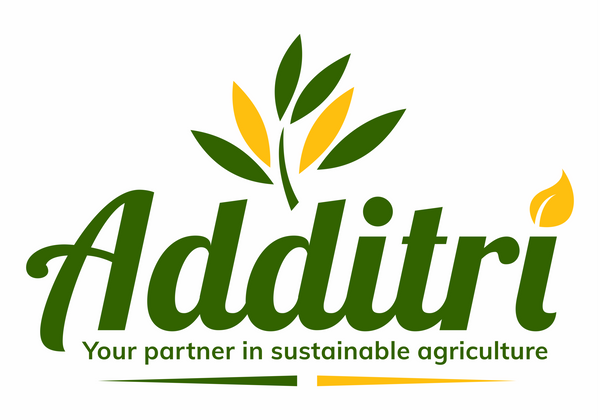
Strong Crops to Fight Climate Change in Indian Farming
Share
Climate-Resilient Crops: Protecting Indian Farmers from Climate Change
Climate change is making farming harder every year. In many parts of India, temperatures have gone up by almost 2°C. Rainfall has become unpredictable, droughts and floods are more common, and pests are spreading faster. These problems are affecting crops and farmer incomes.
But there is hope. Climate-resilient crops are special types of crops that can grow even in tough weather conditions. They help farmers keep getting good harvests, even when the weather is not normal.
What Are Climate-Resilient Crops?
Climate-resilient crops are plants that are made to handle extreme weather. They can:
- Grow with less water during drought
- Survive floods or heavy rains
- Grow well in very hot weather
- Grow in salty or poor-quality soil
- Fight pests and diseases better
These crops are developed using research, traditional methods, and modern science to help farmers deal with climate problems.
Why Are These Crops Important for Indian Farmers?
Farming in India is heavily affected by the changing climate. Here's why climate-resilient crops are needed:
- Unpredictable Rain: Late or uneven rainfall affects planting and harvesting.
- Hotter Weather: Too much heat reduces crop growth.
- Less Water: Many areas are facing water shortages, and regular crops need a lot of water.
- More Pests: Warmer weather increases pest attacks.
- Bad Soil: Overuse of chemicals has damaged soil in many places.
Resilient crops can help farmers grow food even with these problems.
Examples of Climate-Resilient Crops in India
- Sahbhagi Dhan (Rice): Needs less water, good for drought-prone areas.
- Swarna Sub1 (Rice): Can survive floods up to 14 days.
- HI 8759 / HD 3086 (Wheat): Can grow in high temperatures.
- Salt-Tolerant Mustard and Pulses: Can grow in salty or damaged soil.
- Bt Cotton: Fights pests naturally and needs fewer pesticides.
Benefits for Farmers
Stable Yields: Farmers get harvests even in bad weather.
Lower Costs: These crops need less water, fewer chemicals, and less effort.
Better Income: Farmers can earn more because of better crop success.
Soil and Water Safety: Less use of fertilizers and pesticides means better land and water health.
Prepared for the Future: Helps farmers adjust to changing weather patterns.
Cost and Support
These seeds may cost a little more (₹1000–₹2500 per quintal), but government schemes often offer subsidies. Support is also available through:
- NICRA (National Innovations in Climate Resilient Agriculture)
- KVKs (Krishi Vigyan Kendras)
- State Agricultural Universities
Farmer groups (FPOs) and seed banks can also help small farmers get access to these improved seeds.
The Future of Farming in India
- Public and Private Collaboration: More research and support for new crop varieties.
- Weather Apps: Simple mobile apps give farmers advice on when to sow and how to care for crops.
- More Awareness: Training and support will help more farmers use these crops.
- Global Demand: Climate-resilient crops can be exported to other countries too.
Conclusion
Climate-resilient crops are the need of the hour. As climate change gets worse, these crops will help farmers continue growing food and earning a living. They are good for people, the environment, and the future of India’s agriculture.
🌾 Let’s sow seeds of strength today to harvest a better tomorrow. Resilient crops = Resilient farmers = Resilient India.

